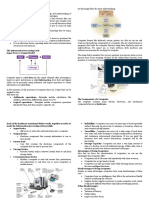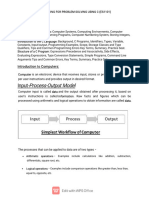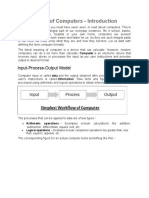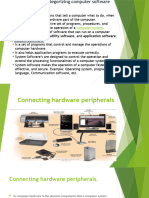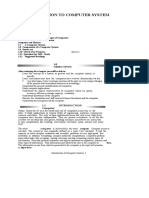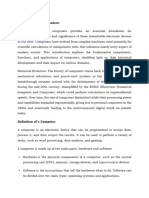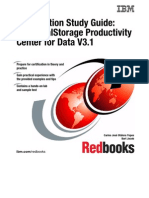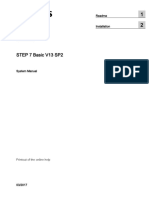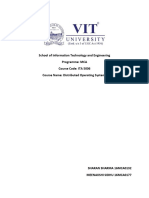0% found this document useful (0 votes)
46 views47 pagesBasic Computer Introduction 1
The document provides an introduction to computing, covering the basic concepts of computers, their components, characteristics, advantages, and disadvantages. It categorizes computers based on their size and usage, detailing types such as desktops, laptops, tablets, servers, mainframes, and supercomputers. Additionally, it explains software types, elements of a computer system, and the historical development of computers.
Uploaded by
aldredlebronCopyright
© © All Rights Reserved
We take content rights seriously. If you suspect this is your content, claim it here.
Available Formats
Download as PPTX, PDF, TXT or read online on Scribd
0% found this document useful (0 votes)
46 views47 pagesBasic Computer Introduction 1
The document provides an introduction to computing, covering the basic concepts of computers, their components, characteristics, advantages, and disadvantages. It categorizes computers based on their size and usage, detailing types such as desktops, laptops, tablets, servers, mainframes, and supercomputers. Additionally, it explains software types, elements of a computer system, and the historical development of computers.
Uploaded by
aldredlebronCopyright
© © All Rights Reserved
We take content rights seriously. If you suspect this is your content, claim it here.
Available Formats
Download as PPTX, PDF, TXT or read online on Scribd
/ 47







